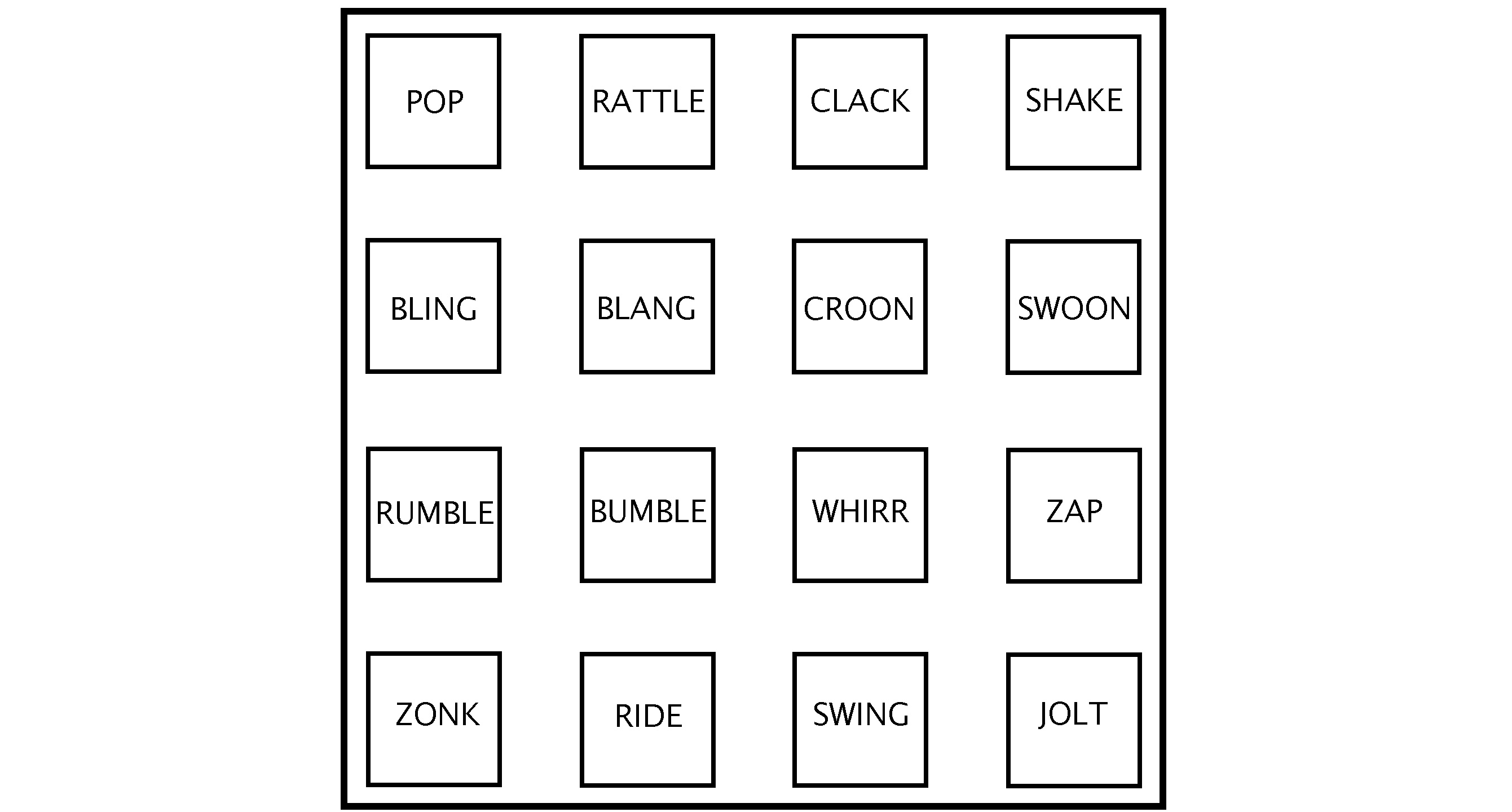RasPiDrumming
by Benjamin Guitreau and Edgar Berdahl
The RaspiDrum is a percussion interface created by Benjamin Keith Guitreau. This work is dedicated to him following his very unfortunate and early passing. We greatly miss his magnanimous personality and positive perspective. The RaspiDrum immerses the performer and audience in a curious sound universe of raspy and/or otherwise crunchy percussive sounds. The performer can precisely control the timing of the sounds, which are synthesized completely algorithmically. No sound samples or tables are employed.
RasPiDrumming is an improvisation by Edgar Berdahl that demonstrates how electronic, percussion-like sounds can be controlled using a matrix of on/off buttons. Traditionally, percussion sounds are triggered only at the precise moment when buttons are pressed down. However, RasPiDrumming explores additional possibilities for controlling sounds as described below in more detail. A video recording of this work can be seen below.
PLEASE LISTEN ONLY WITH HEADPHONES TO HEAR THE VERY LOW FREQUENCIES
The RaspiDrum has 16 button pads laid out in a 4x4 grid as shown in Figure 4. These pads enable a musician to perform percussive sounds using any of the fingers. As depicted in Figure 5, the sounds generated by each pad are described using a single, descriptive verb. The RaspiDrum does not incorporate an audio amplifier or speakers. Instead, the audio emerges from an audio output jack, which can preferably be connected to an external sound system (not shown). The pads influence the sound according to four interaction types as described below.
-
Trigger on Pad Down Most percussion interfaces only trigger a sound when a button, pad, or key is pressed down. This is the case with the pads bling, blang, croon, and swoon (see Figure 5).
-
Trigger on Pad Down or Pad Up To make it possible to play faster, several of the pads are programmed to trigger a sound both when the pad is pressed down and when it is released. This is the case with pop, rattle, crack, shake, and zap, for which the sound synthesis algorithm is controlled slightly differently in the “pad down” and “pad up” cases. This contributes to the variety of the timbres achievable with the instrument.
-
Dipping Using Continuous Control While any of the pads zonk, ride, swing, and jolt is held down, a specific series of brief percussive sounds is triggered. At first, these pads were employed to play polyrhythms, borrowing some ideas from Henry Cowell’s Rhythmicon; however, it was eventually decided to stochastically vary the timing of the percussive sounds, in order to create a more complex sound. Each pad employs a different algorithm for determining the precise rhythm of the percussive sounds, but the underlying tempi are all derived from a single internal metronome.
-
Toggles When pressed down, the pads rumble, bumble, and whirr toggle background sound atmospheres on and off. These sounds are not percussive but are instead designed to complement the sounds controlled by the other buttons. The toggling nature enables the performer to make use of these sound atmospheres even after releasing the these pads to trigger other additional sounds simultaneously, resulting in a more dense mixture of sounds.

The RasPiDrum at the Baton Rouge Maker Faire 2015.
Subscribe via RSS
